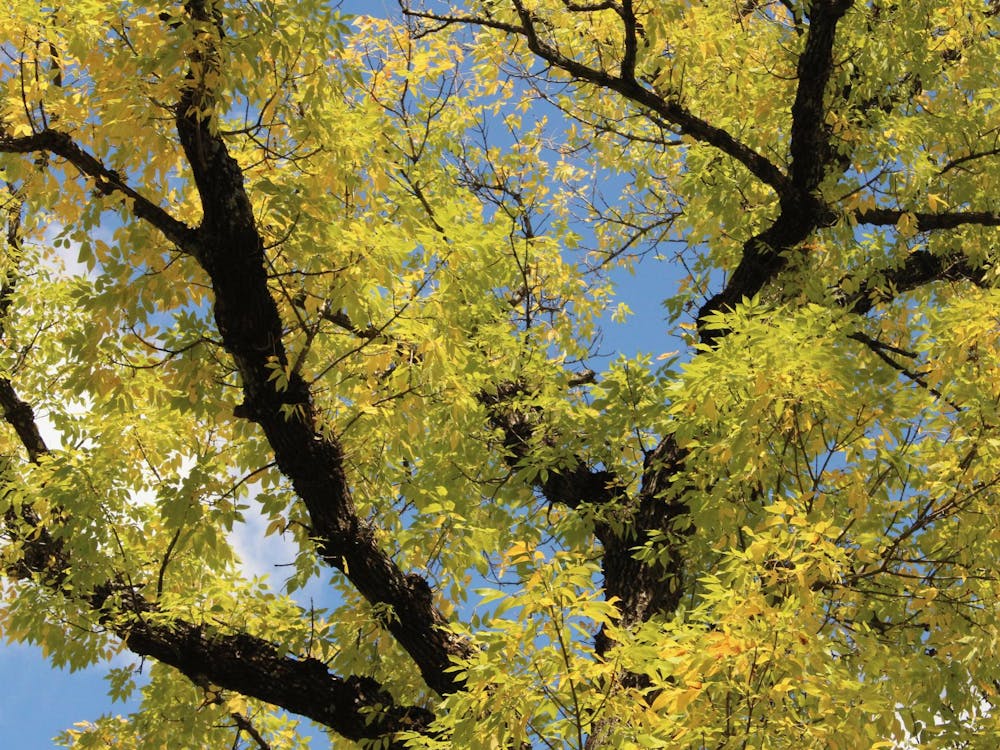The National Association for College Admission Counseling released a report Thursday documenting a host of statistics related to college admissions. Among the numbers included in the “State of College Admission” report are the number of schools students apply to, the criteria by which universities make admissions decisions and the average yield rate – the percentage of admitted students who actually enroll. Moreover, the fact that it’s the 10th annual survey prompts the association to reflect on trends in the field. And the most disturbing datum is the decreasing yield rate across universities. Although there are several strategies individual schools could pursue to allay this, the most promising tactic would be for the Common Application to limit how many schools to which a student is allowed to apply.
The yield rate measures the number of students who actually attend a university after being admitted. This number is more important for colleges than the acceptance rate or total number of applicants, as the yield rate provides an accurate picture of the expected class size. Thus the yield rate can affect university planning from orientation to housing. And for a decade now, the yield rate has fallen even while overall admissions increase.
The drop in yield rate afflicts both public and private universities, though the latter have been affected more drastically. At public universities, the yield rate was 51.4 percent in 2002 — now it’s 42.6 percent. Private universities saw a yield rate of 47.8 percent in 2002 fall to 36.4 percent this year. The yield rate has not only fallen but has done so at an uneven pace that keeps students and colleges guessing.
The declining yield rate speaks to a number of trends in college applications, specifically students’ desire to apply to more schools. A record 29 percent of students applied to at least seven schools this year. Part of this comes from students’ uncertainty about being accepted to college, despite the fact that admissions rates have only changed slightly at most universities. Another part of it has certainly come from the spread of the Common Application — the non-profit organization that serves as the near-universal conduit by which students can apply to their colleges.
Founded in 1975 by 15 private colleges, the Common Application first allowed public universities to join in 2001. The University joined in 2008 and is now one of the nearly 500 schools that are members. We all used its service to apply here and know how easy it makes applying to college — streamlining the process, and allowing for students to add schools with a click. The problem is that as more students apply to more schools, yield rates will decline and uncertainty rise among colleges. Plus, if it becomes the new norm for high school students to apply to a large number of schools, this could discriminate against low- to mid-income students who cannot afford application fees without being eligible for aid.
To address planning problems, universities have several options. They could eliminate non-binding early decisions or move the enrollment deadline up — now perched at May 1 for almost all colleges — to know sooner what quantity of students will come. All of these solutions, however, risk a school’s popularity and would likely result in a tumble of admissions statistics.
Instead, the Common Application could exercise power by capping applicants with a maximum number of schools. There are too many stories of students applying to tens, even dozens of schools — a feat that wastes their money and the time of admissions staffs. Students may argue that this gives them an “insurance” policy, but considering admissions rates have only dropped slightly among most universities — with elite institutions as exceptions — they have no reason to do so. Hence a cap would make students think harder about where they should go. It would also help stabilize the yield rate — a number that has been falling erratically for a decade to everyone’s detriment.






